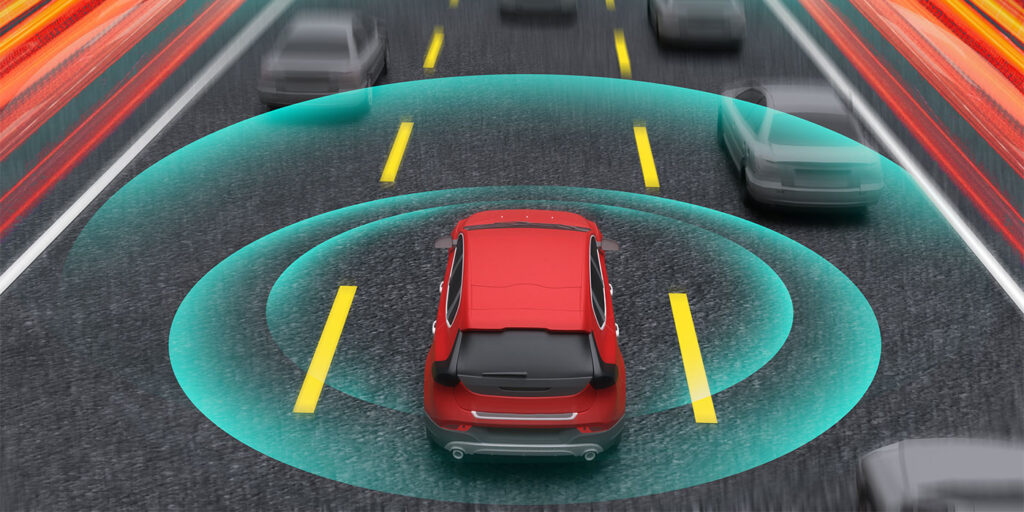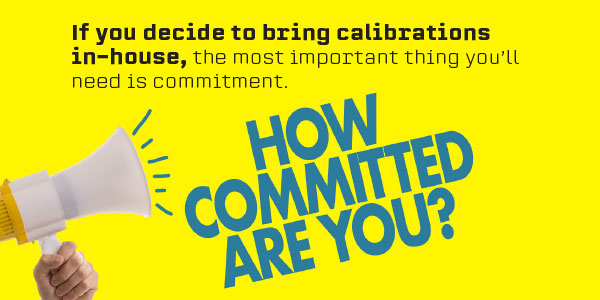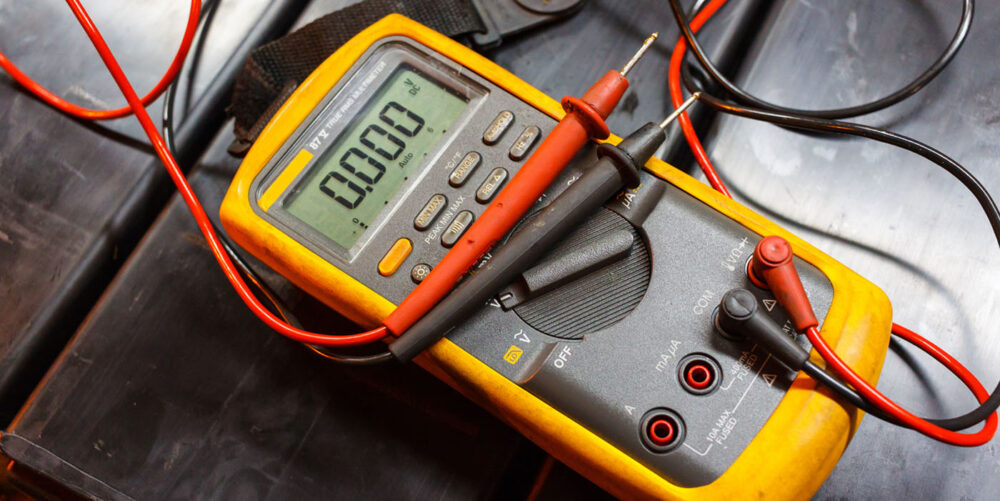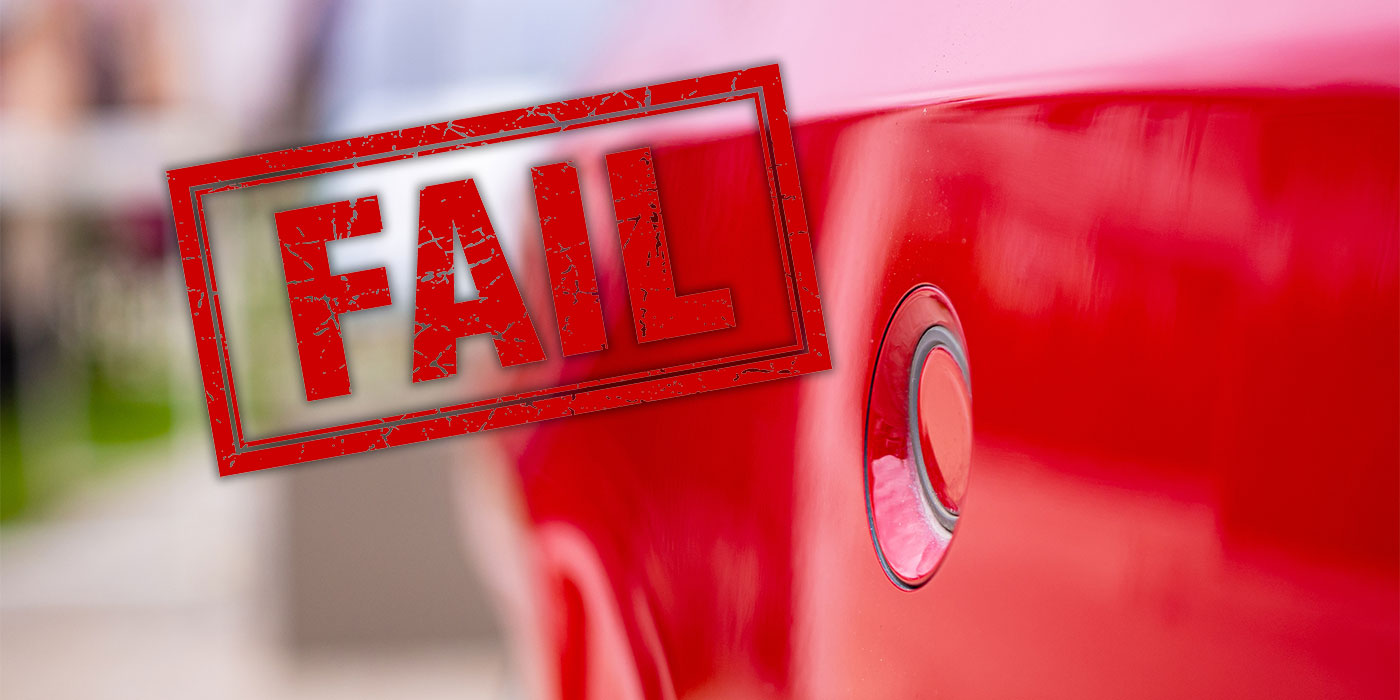Vehicle safety features, such as advanced driver-assistance systems (ADAS) are dominating the conversation in the collision repair industry today. Whether you’re a body shop, auto glass shop or mechanical shop, you can’t open a book or magazine or go online without seeing a story or article on ADAS and calibrations. The number of vehicles equipped with ADAS is only going to increase and change the daily routine in your shop — if it hasn’t already.
Many Questions
So now you’re thinking of bringing calibrations in-house. There are many questions a shop needs to ask itself before making this decision. It’s not an easy decision, since the time commitment for setup and training can be substantial and expensive — as can the equipment to do the calibrations. Then there is the question: What calibrations do you wish to do and on what vehicles? It’s not as easy as, “Here’s a scan tool, go at it!” There’s much more to think about. I also want to preface this information by saying it could all change tomorrow. New software and artificial intelligence programs are being developed every day that will change the way our industry operates.
I also want to say that doing calibrations is only half the story. Repair shops have many other electronic repair needs that require much more training and skills. A technician can be trained to use a tool to scan vehicles and complete calibration processes, but experience will only be gained by using the equipment and following the service information.
I want to be clear: There is a difference between calibrating and troubleshooting failed calibrations based on training and experience. Beyond calibrations, you have so much more to look at. For example, you’ve set up a vehicle for a calibration, but a code is telling you that there is a left headlight electronic control unit (ECU) variation error. Will your technicians know what to do? Will they know that aftermarket headlights may not be wired or pinned the same as original equipment (OE) headlights? Will they know that the shop used a like, kind and quality part that required using old and new parts in the headlamp? Where will they go to check if the service information is current if they’re not using OE software?
If you buy equipment that offers training, does that training teach techs to make sure that the updates are current in the tools they’re using and the updates in the vehicle are current? Initializations and programming are only some of the procedures that must be considered if you bring the whole electronics repair process in-house.
A shop needs to understand there will be a learning curve for technicians entering this field. If they’re only going to do calibrations, the learning curve will be modest. For all electronics, the learning curve will be much greater — and techs should be prepared to be stumped and need help frequently. There are websites and blogs technicians participate in that may have some good information, but some may also have garbage information. It all depends on who is participating in those chats and blogs. The point I’m making is that the electronics repair industry is all about experience. It’s difficult to find all-encompassing training that covers all information or even a good portion of the skills needed.
Consumer Education
Vehicle owners today are unfamiliar with repair procedures such as programming and calibrations, but simple statements and questions may help to educate them and make them more aware of what it takes to repair their vehicles correctly. Building the trust up front and during the vehicle estimate or intake process can help to alleviate the questions or issues that arise later during the repair. It’s better to have the discussion on vehicle prerequisites and how far the vehicle may need to be driven to complete calibrations early in the process to avoid them asking upon delivery, “Why were so many miles put on my car?” With so many people having their phones and security systems linked, a shop may get a call wondering why a vehicle is going down the highway.
And it’s not just the customer who needs to be educated — insurers do too. Many vehicles now require calibrations, and many more will in the future. Researching and getting all the calibration information up front can prevent supplements and delays later in the repairs.
What Do You Need?
To bring calibrations in-house, you’ll need space. The space a glass company needs to calibrate forward-facing cameras for windshield replacement will be different than the space a body shop needs to do around-view monitoring (AVM) procedures for surround-view systems. No matter if you use OE software and equipment or aftermarket tools, the need for space is always there.
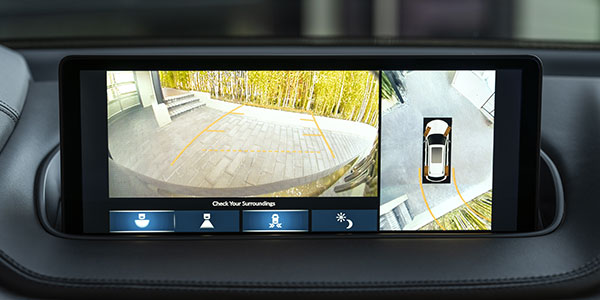
A shop will need to evaluate what vehicles it’ll be repairing and what space will be needed to complete the repairs correctly. The OE procedures offer parameters on space and environmental requirements needed to complete these procedures. Using Ford as an example, performing a forward-facing camera calibration will not require any more space than what’s needed to complete any repairs, since the camera calibration procedure may be dynamic. If your shop will be addressing the 360-degree surround-view system as well, then that space requirement just became a whole lot more. Significant space is required to place the target matts on the ground to the side and both front and rear. Let’s add that wind on the target matts as well as glare from light or the sun will require this to be done inside in a controlled environment, as suggested by the automaker. A shop will also need to evaluate which vehicle makes it will be repairing and the types of calibrations the original equipment manufacturer (OEM) requires in order to determine how much valuable floor space will be needed.
It will not just be space you’ll need; it must be the correct space. The size of the calibration area and the ability to control light, shadows and movement of targets from wind are just the start of what’s needed to correctly do a static calibration. The OEMs also require a level surface, and you can’t just eyeball it and say it looks level. Vehicle manufacturers like Toyota have a procedure to follow to validate that the space you’re using is level and therefore can accommodate calibrations.
Recent articles and videos from Honda have validated the statement that just because the calibration was “successful” does not mean the vehicle was calibrated successfully. You can calibrate a vehicle incorrectly and it will still say “successful.” Honda recently verified this by calibrating a vehicle on a level surface following all Honda procedures. The vehicle and its ADAS features were tested on a track and performed flawlessly. The same vehicle was then calibrated exactly the same but on a floor with a drain system that altered the floor pitch from Honda requirements. The calibration was successful but failed all the testing on the track when the ADAS features did not operate correctly.
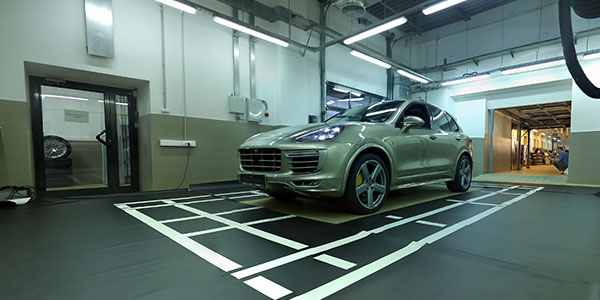
Calibrations are dependent on shops following all OEM procedures regarding environment and target placement. The technician must follow the steps exactly to calibrate the vehicle to OEM specs. This makes you wonder about companies doing static calibrations in parking lots that have not been validated as level per OEM specs. Aftermarket equipment manufacturers are also talking about the fact that the vehicles and targets must be on the same datum plane. I applaud them for recognizing these points and educating their customers via training and information.
A shop will not need space for dynamic calibrations but rather the right road conditions. Some call it a road test, but I’ve also heard it called a drive cycle. I know “drive cycle” is associated with a vehicle emissions test, but in this case, the vehicle is brought to certain speeds and parameters in a specific roadway environment for a period of time — all of which is specified by the OEM. So … it’s more than a road test around the block. I would love to find the best term for this “required drive,” but no matter what term is used, you need a roadway where you can maintain highway speeds for a period of time.
There are other parameters listed in the OE requirements that must be met to successfully calibrate the vehicle during the dynamic calibration. A shop will need to map this out and have a technician who knows what to do and understands what he or she is testing while driving drive this route. In some cases, two technicians may be required. Do you have the staff and time to complete these tests? I’ve seen the dynamic tests go for 1.5 hours and up to 70 miles to complete. It all depends on the roadway environment. It can also depend on whether or not the technician validated the sensor angles before putting the bumper cover on.
What You Need to Buy
Another factor you’ll need to consider is if you’ll be doing work on vehicles you’re OEM-certified for. In order to achieve that certification, you agreed to use and follow procedures outlined by that vehicle manufacturer, which may include the use of certain software and equipment to access the vehicle data. The good news is that this guarantees you’ll almost always have access to the most current service information for that manufacturer along with the ability to do programming and other procedures other than calibrations, as updates are frequent and information is current. The bad news is that you’ll have to buy separate OE software packages for each model you want to be able to calibrate. Depending on how many certifications your shop has, that could get pretty expensive. Keep in mind also that subscriptions and, in some cases, charges for programming downloads may apply. For every manufacturer you wish to have the OE solution for, research will be needed.
Aftermarket tools offer some advantages in this situation. If certifications are not the issue, a tool that has the ability to do multiple vehicle lines can be very cost effective. The speed in which they can be used for procedures you need to complete is also an advantage. It all depends on what package of service you purchase. Aftermarket tool manufacturers may also have target packages for purchase for the year, make and model of vehicles your shop repairs most frequently.
There is a concern that comes from the aftermarket tool option for calibrations in regard to new models and timing of the service information update. Some aftermarket tools may have an issue getting current service information, targets and — in some cases — connecting with new gateway modules being used to prevent non-OE approved access to the vehicle’s computers and all modules in the vehicle. Some aftermarket manufacturers offer good support for when these issues arise, so do your due diligence when you purchase, because a strong support program or team that comes with the product can be priceless. I always recommend researching the training that comes with any tool you purchase and understanding what a shop’s learning curve will be and the return on investment.
No matter which way or ways you choose, or maybe deciding that a combination of tools is your best option, it’s your business decision. No matter what you decide, OE or aftermarket, you accept the responsibility and take on the liability of that choice.
Frustration
I wish I could tell you that all of this will be easy to do, but I can’t. Anybody who has decided to bring calibrations in-house knows there are many headaches ahead for them and their technicians. There are many reasons why calibrations fail, and the troubleshooting process can be very complex and frustrating.
If you’re just doing calibrations in your shop with all I’ve mentioned, you’ll need to be able to diagnose when calibrations fail and a good checklist to start the troubleshooting process. Start with the obvious and check your service information with OE information. Are the numbers correct? Did the technician measure correctly? Is there service information for the correct car, as there are different models? Did all connectors get plugged in? The list goes on and on. A technician will need that starting point to figure out why the calibration failed. Again, this is where a good support program becomes priceless, as the rush to deliver the car on time is always adding pressure to the technician and shop. Delivering an unsafe vehicle is never an option. In time, the experience will come, the headaches will diminish, and the rewards may be worth that effort and time.
The Most Important Thing
If you decide to bring calibrations in-house, the most important thing you’ll need is commitment. You must commit to doing the job right. Vehicle safety systems have become an integral part of your customers’ driving, whether they or you admit it or not. Those reading this article who have ADAS in their vehicles would confess that it has prevented them from a crash by either warning them or taking action. Your customers and their families are counting on you to do the job correctly. They’re putting their trust and their lives (unknowingly) in the hands of the shop and technician doing that calibration. You’ll need to have a technician trained in how to use and look up the service information to complete that calibration. You as a shop will need to verify that your technicians know the importance of diligently following all the steps every time they do a calibration.
I can talk about the scan tools and targets forever. You can read all about how great a tool is or that this shop is using OE software on any sales literature and website for every tool and company out there. Whatever tool or system you choose will be worthless if the shop and/or technician does not understand what procedure must be followed during the calibration and why. Any tool is only as good as the technician using it. The whole process comes down to degrees of angles and, most of all, integrity.
You spend time and money to make sure your techs are certified in welding and have the correct welder. You also spend money and time for training to be sure your technicians are doing quality repairs. Maybe you have a company come out to regularly audit your shop. It’s great that you have that commitment to quality. However, that same commitment must be applied to performing calibrations in-house.
You’ve heard the stories of technicians doing calibrations and cutting corners. There are pictures and videos everywhere of people just doing whatever and calling it a calibration. I’ve met so many technicians who think as long as there is no code showing on the vehicle, it’s ready to go. I’ve witnessed technicians moving targets just to get a pass on the calibration. Your degree of liability comes down to that technician doing the job correctly. Honda and Nissan require a full tank of gas to do calibrations on their vehicles; are you willing to go that extra mile for that customer to be sure it is done to OE specs? Are you willing to admit your parking lot is not level to OE specs and bring the vehicle inside and validate that your floor is level to specifications to complete the calibration, even though there are companies out there doing calibrations in non-validated spots? If you’re thinking of bringing calibrations in-house, are you committed to doing it right? Somebody’s kids riding in the back seat are depending on you.

